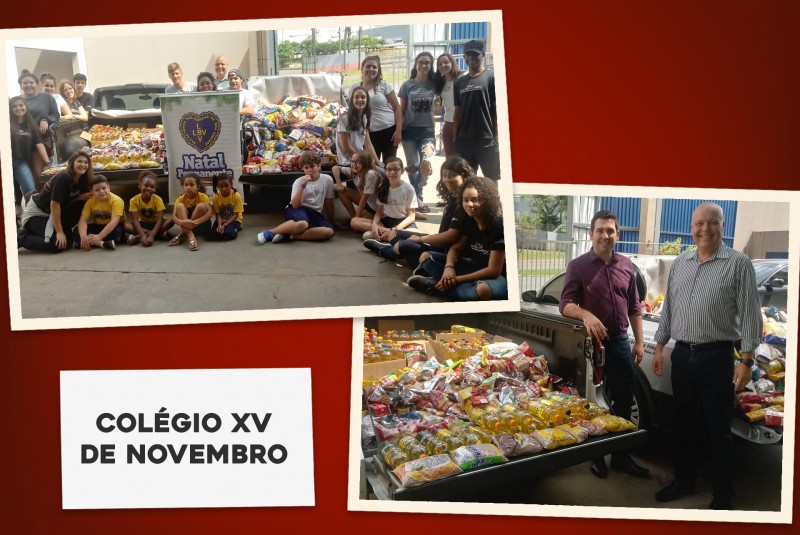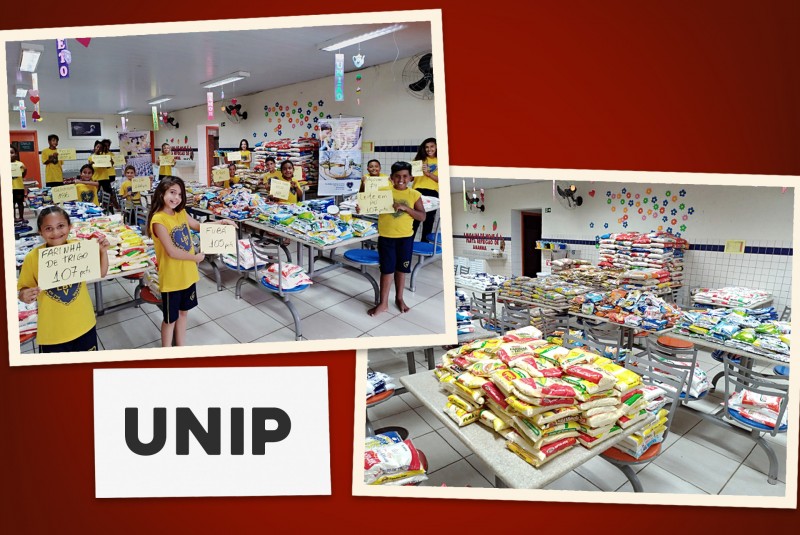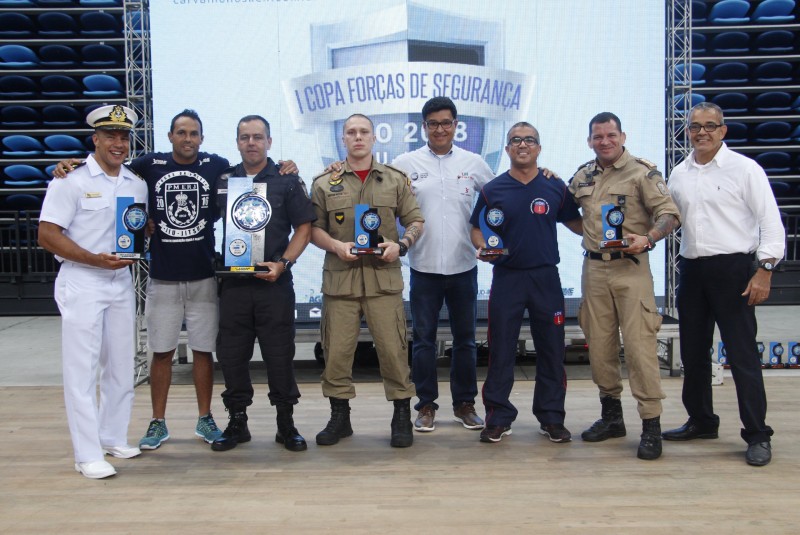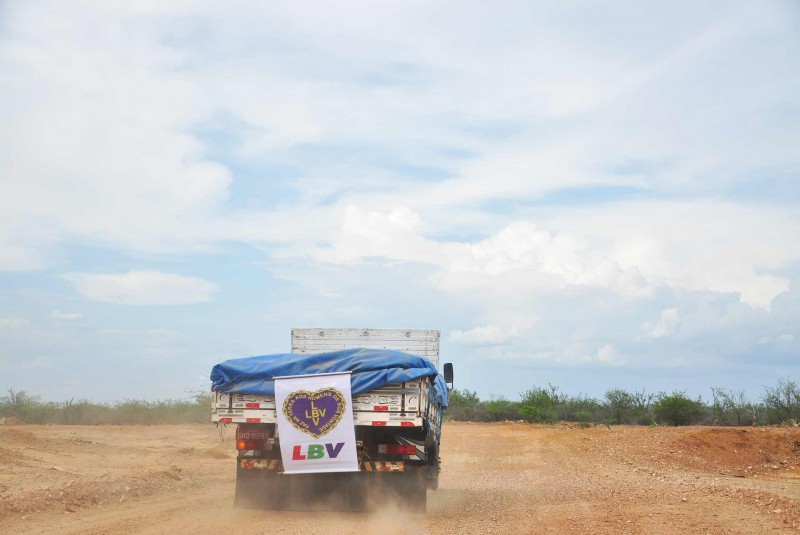
Virtual Water? Understand Why We Consume More Liquid Than We Think
Nathan Rodrigues
Monday | August 14, 2017 | 9:28 AM | Last update: March 05, 2018, 8:48 AM (Brasilia time)
Think about the amount of water you consume. Your calculation probably included using it for basic hygiene, drinking, and preparing food, right? Okay, and what about using this liquid to produce everything we consume, like food, clothing, and automobiles? This indirect consumption—the one we don’t notice—is called virtual water.
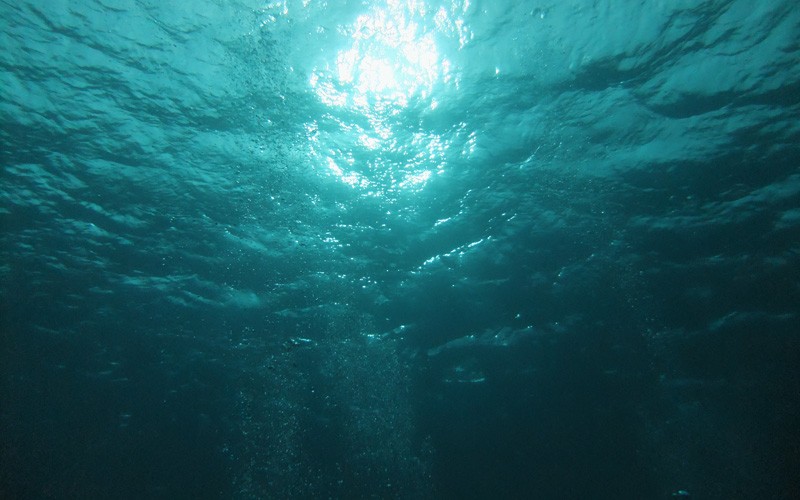
The concept was first presented by British researcher Tony Allan, in the early 1990s, and brings together knowledge of the environment, food engineering, agricultural production, international trade, and other areas, in order to establish the volume used in the process of producing any goods or products, regardless of its origin. This allows us to know the environmental impact generated by our habits and consumption.
Furthermore, with this calculation we can compare the efficiency of the production processes. This holds true for both industry and agriculture, as we seek, obviously, to save this natural resource. No wonder then that virtual water has been attracting more and more attention from specialists, who have already noticed that demand for this resource is greater than we imagined.
CALCULATING VIRTUAL WATER
To calculate this coefficient, called the water footprint, the amount of water used in ALL stages of production and cleaning must be accounted for. To measure, for example, the total amount of water used to make a sheet of paper, the total used in the process of producing the trees and the products that will give rise to the forest, not only the water used in industry, must be taken into account. So, when you use a sheet of paper, you should know that 10 liters of water were used making it.
With regard to livestock and agriculture, the calculation is a little different. The result is obtained from dividing the water footprint of the product of origin into its by-products. To produce beef, most of the liquid is spent on feed for the animals, in growing their food, and cleaning up their manure. So, when we serve a kilo of meat, we’re putting 15,497 liters of water on the table!
So, #LetsChange!
The subject brings up again the need to pay more attention to water, by looking for ways to preserve it. The Good Will Portal has already listed a series of attitudes that can be adopted in your home, bathroom, and service area, for example, for reducing waste. These are simple actions, but ones that lend a helping hand both to Planet Earth and, consequently, to ourselves.
After all, if we don’t look after it today, there are going to be shortages tomorrow . . . We emphasize our request: #LetsChange!
- Read more about Virtual Water? Understand Why We Consume More Liquid Than We Think
- Português
- Esperanto
- Español
- Français
- Deutsch
